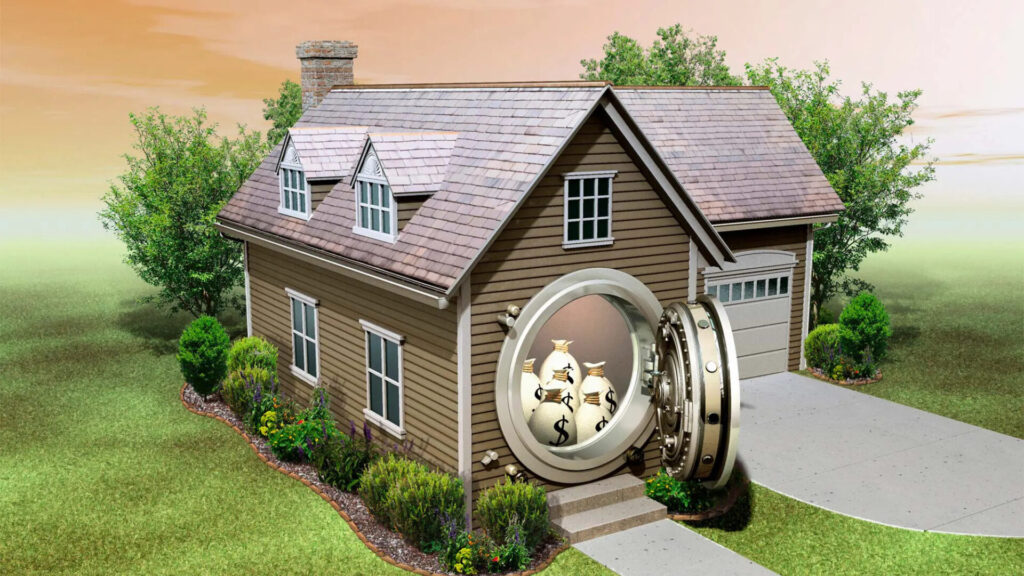
House Hacking in the UK:
What is House Hacking?
House hacking is a strategy that involves renting out portions of your primary residence to generate income that is used to offset the cost of your mortgage and other expenses associated with owning a home. For instance, you can leverage the “rent a room” scheme in the UK to make the most out of your property.

Is House Hacking Legal in the UK?
Yes, house hacking is completely legal in the UK. The “Rent a Room” scheme allows you to earn up to £7,500 per year tax-free by letting out furnished accommodation in your home. The government doesn’t know how to fix the housing crisis, but I must say this one of their reasonably good ideas to help reduce wasted “spare rooms”.
Rental Market Overview:
The UK rental market is absolutely crazy at the moment and this makes it a good time to consider House Hacking as an option.
Is House Hacking Worth It in the UK?
Certainly. Renting out a spare room in your house can cover the interest part of your mortgage. If you have more than one room or a duplex, your expenses can be lowered to close to zero, making house hacking a potentially lucrative strategy. For me it made me significantly wealthier, as you can see by my net worth journey over the past two years.
Benefits of House Hacking in the UK:
One of the key benefits of house hacking in the UK is the potential tax benefits under the “Rent a Room” scheme, which allows you to earn up to £7,500 tax-free. This strategy can increase your monthly net worth by reducing your mortgage payments, thereby accelerating the path to wealth. £7500 tax free is worth nearly £15,000 pre-tax if you are top-rate tax payer, although I admit most top-rate tax payers probably won’t opt for this option!
Funding and Financial Support:
Unfortunately the cost of borrowing has risen significantly in the past 6 months making “getting the mortgage” part much much harder, when I got on the ladder things were still tough and my interest was only 1.5%.
However, this will mean that more deals will become available and if you are looking to try and house hack buying a property at a discount can really accelerate your journey towards wealth.
House Hacking Strategies in the UK:
Renting out spare rooms or owning a duplex to live in one part and rent the other are effective strategies. The income generated can drastically reduce your living expenses, making your path to financial independence faster and easier.
Risks and Challenges:
Like any investment strategy, house hacking also comes with its set of risks. The primary risk comes from bad tenants who may cause damage or not pay rent on time. Legal, insurance, and maintenance responsibilities can also add to the challenges. The other challenge is simply having to share your house with someone that you do not know, you can mitigate this, as I did, by renting to a family member, cousin, friend etc. Or look closer into short-stay lets as an option.
Recommendations:
Choose a good area with long-term job prospects and good transport links when buying property. Look for ways to reduce costs, thus further limiting risks. If possible, utilise schemes like “Rent a Room” to maximise your income. I did this near Cambridge in the UK, which has a very buoyant job market, a booming rental market, and lots of people either settling here or students that just wanted somewhere to crash.
You also do not need to do it the same way I did, you may want to just rent out the room as an Airbnb rather than a long-term let. This limits one of the few downsides, actually having to share your house with someone!
Would you ever try house hacking in the UK? Have you tried it? What did you think of it?
Can you do this using a BTL mortgage as a live in Landlord, and rent out more than 4 rooms? Alex
07462413562.
Hi Alex,
I’m not certain if it applies under the buy-to-let agreement. But I will do some digging for you. I believe it was brought in increase housing capacity for those with spare rooms. Rather than I way for landlords to pay less tax! So I would not.
Thanks for reading! Cheers, Hector
Hi Hector,
There’s literally no where left to dig! I have searched the internet far and wide, but, as you have mentioned before – it’s not a topic talked about enough in the UK. Here is what I have learned:
-On a BTL mortgage the landlord is not allowed to reside in the property at all
-It is done on a residential mortgage and the limitations are on how much of the property you use, either 60% or 40%. I need to find out which and how the percentage is calculated, does it include communal areas for example? Hope this is helpful for others! Feel free to drop me a text Hector!